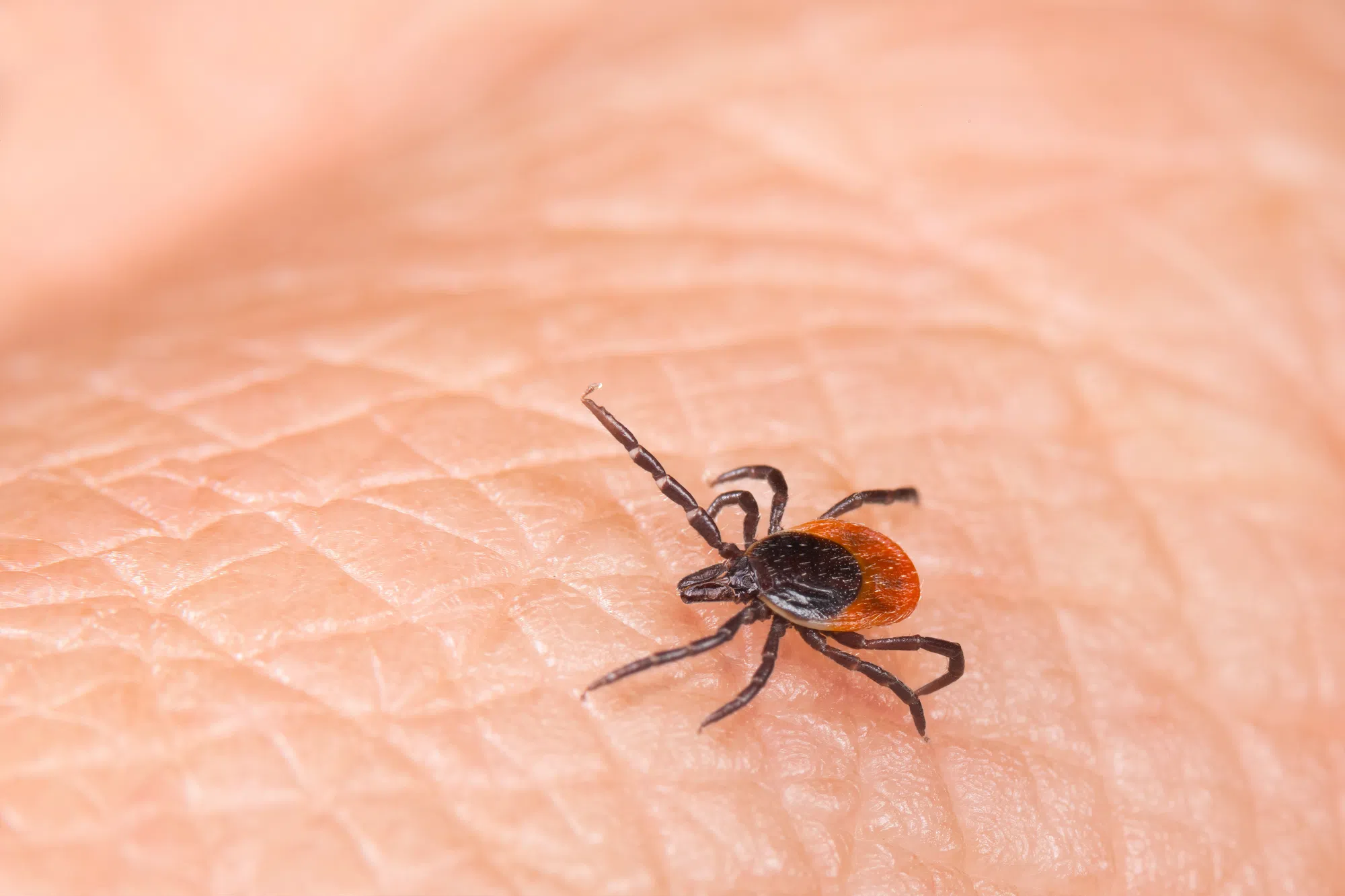
KPixMining / Depositphotos.com
Tick populations are climbing fast in many parts of Canada, and experts are using Lyme Awareness Month to urge people to stay cautious, especially when spending time outdoors.
Mike Heimbach, Vice President of Business Development at Abell Pest Control, says the company has seen a major rise in interest around ticks.
“Over the last five years, we’ve had about a 500 percent increase in tick-related inquiries,” Heimbach said, noting both higher awareness and higher tick activity as contributing factors.
Warmer winters are part of the problem, allowing ticks to survive and spread further north. But the bigger concern, according to Heimbach, is how many of those ticks are now carrying Lyme disease.
“In some areas where we do testing, we’ve found up to 50 percent of ticks contain Lyme,” he said.
Heimbach recommends several basic steps to avoid ticks while outdoors:
-
Wear long pants and pull socks over them to prevent ticks from reaching skin.
-
Use insect repellent with DEET on pant legs, shoes, and socks.
-
Check yourself, children, and pets thoroughly after spending time in grass or wooded areas.
If a tick is found, removal must be done carefully. “Use a tick puller or thin-tipped tweezers, get right under the mouth, and pull it out gently,” Heimbach explained. “Squeezing the body can actually push infected contents into you.”
Burning or using heat is not recommended, as it may kill the tick but leave the mouthparts embedded—risking infection even without Lyme.
Ticks can also show up in backyards, especially in rural or forested areas. Heimbach says regular lawn maintenance and keeping children and pets away from long grass can help, and some people opt for professional perimeter spraying as an added precaution.
If you do remove a tick, Heimbach advises keeping it and submitting it to your local public health office or doctor for testing. This may lead to early treatment if Lyme is detected.
“We’re just trying to raise awareness—because knowing what to do is half the battle,” he said.









